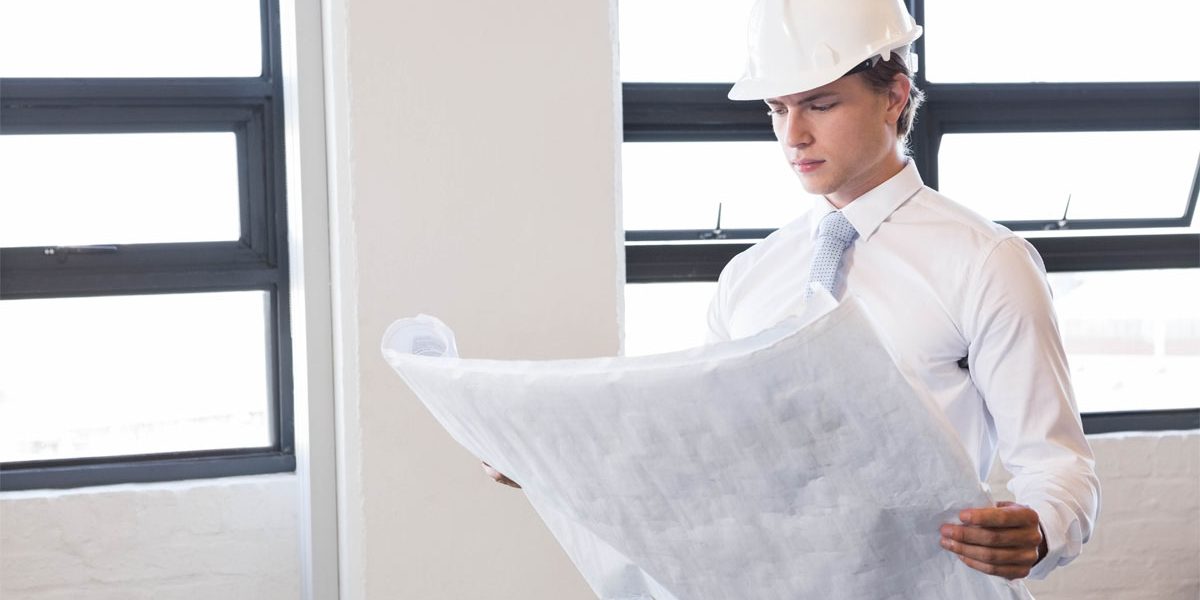What is a Green home and what makes them so special?
Making your home a greener place to live in is an obligation to you and your family, the general public, and the world. However, more than that, it is an educational process. As thrilling new technologies, products, and scientific advances continually emerge, staying educated on the how’s—in addition to the whys—of sustaining a green home is the best way to guaranteeing your endeavors are as beneficial and effective as possible.
The Green Home Defined
Green homes use less energy, water, and natural resources, creating less waste and is healthier for those living inside in comparison to a conventional home. It’s just that simple!
Homes can be built green, or you can make it green down the road. A green makeover can happen at same time, or it can be a progressive process. However, in the end is a new way of thinking—and a new method of living. From a more energy-saving kitchen to a tree-packed backyard promised land, your home can be green from top to bottom, inside, and out front to back. And it doesn’t matter if you’re a renter or owner, live in a condo or single-family home, or reside in the city, the suburbs, or the countryside.
Benefits Of a Green Home
There are a lot of very real benefits for living in a green home, and each day, more and more people are finding out those benefits. These homes are healthier, more lasting and more budget friendly.
A Healthier Home
Using chemical-free building materials in green homes aids in combating indoor air pollution, in which can be a lot worse than outdoor air pollution. Unhealthy air inside poses serious health risks for those living inside.
Natural venting in green homes, in addition to the use of mechanical vented systems to filter and brings fresh air inside and vents stale air outside, keeps residents breathing easy.
A Cost-Efficient Home
The final cost of owning a green home is equivalent to—or more economic than—owning a conventional home. When up-front expenses are higher, it is usually because a lot of architects, homebuilders, electricians, plumbers, and other industry experts simply don’t have the knowledge and skill to cost-efficiently plan, design and build a green home. Locating an expert familiar with green building methods is going to save you money and guarantee you are getting the best professional work possible.
Each passing month, people that live in green homes save money by using less energy and less water than conventional homes. Year after year, that adds up to huge savings.
A healthier home could mean fewer costly doctor’s visits and fewer days of work missed.
Soon it is going to be less expensive to insure a green home than a conventional home. An increasingly number of insurance companies are providing discounted policies that cover green homes. Likewise, several mortgage companies provide discounted loan rates for homebuyers purchasing green.
A green home is usually more durable than a conventional home due to its high-quality building materials and building methods, requiring less repairs.
The value of a green home is usually higher than that of a comparable conventional home, and the market demand for green homes continues to increase.
Local, state, and federal administrations are increasingly providing tax breaks and other incentives for constructing a LEED home or adding green features to your present home.
An Environment-Friendly Home
Residential HVAC alone make up twenty percent of the US annual energy use. Add appliances and other electronic devices, and homes are obviously a major source of energy usage. A lot of that energy comes from greenhouse gas generators such as coal and oil, adding to global climate change. Green homes use forty percent less energy than comparable conventional homes.
Many green homes further decrease our dependence on traditional energy sources, as they produce some or all their energy requirements through alternative energy sources for instance, the sun, wind, bio-mass and geothermal energy.
Water saving plumbing and bath fixtures, drought-tolerant landscape plants and water-conserving irrigation systems aid green homes in using less water than conventional homes.
Far less natural resources are used in the building of a green home. A lot of green building materials have considerable recycled content. Many companies, for instance, now manufacture floor tiles and carpets from recycled bottles and tires. Green homes can also be built using salvaged materials from torn buildings. Green homes utilize greenials made of rapidly renewable materials, such as hemp, bamboo, agrifibers, and products that are soy-based. And the utilization of wood certified by the Forest Stewardship Council helps encourage socially and environmentally beneficial forestry habits.
Constructing a conventional twenty-five hundred square-foot home creates around two tons of construction waste that ends up going to landfills. Building a green home, nevertheless, creates less waste—usually much less.
Build a Custom Home In Arizona
Contact Hughes Development today to get an estimate for your home building project. Hughes Development builds custom homes in Mesa, Apache Wells, Mountain Whisper and more areas in Arizona.
More Articles About Home Building
- 25 Home Ownership Quotes
- Cost To Build A House: All 50 States
- Buying A House Checklist
- Questions To Ask When Building A Home
- Is It Cheaper To Build Or Buy A House In Arizona?
- 5 Things To Consider When Building A House In Arizona
- What Is A Custom Home?
- Homeowner’s Checklist For Building A House
- Custom Home Building Process
- How Much Does It Cost To Build a House in Arizona?
- How Much Does It Cost To Build A House?


